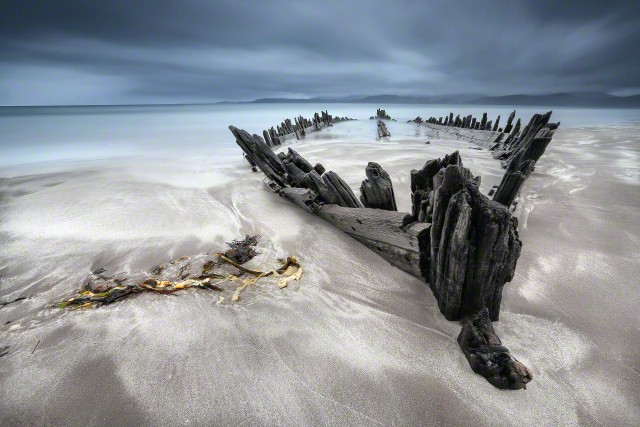I was approaching puberty when the whole Country was excited and thrilled with the proposal of the seventh ballot. That bold student initiative that was the guiding force to introduce an additional vote in the elections of May 11, 1990, exclusively to elect congressmen and mayors in order to request an amendment to the Constitution.
Although the ballot was not considered legal and despite various attempts to reform were frustrated by the Supreme Court, through what Professor Carlos Restrepo Piedrahita has called his «coups»[1], this maximum Court recognized the popular will expressed by the majority in their vote and cleared the way for the convening of the National Constituent Assembly.
The 1991 Constitution was then born and we all regained hope in peace, reconciliation and in a prosperous, secure and equitable social life. The desire would fade after a few years, but the legacy and robustness of our institutions introduced by the new Constitution would remain.
I would not attempt to make an exhaustive account of the innovations and constitutional introductions of the Basic Law of 1991, but I cannot ignore the huge catalog of Fundamental Rights, Protection Action, the end of the so called “Estado de Sitio” (Temporary Civil liberties restrictions) and the strengthening of the principle of separation of powers, the Ombudsman and the Constitutional Court.
For about 20 years the Constitutional Court became the guarantor of the rights of minorities, the forerunner of social change, and given the weakness of the state, the driving force of the largest reforms to the Colombian legal and political system.
Our democratic society has seen in the Court the light at the end of the tunnel, when the outlook has become gloomy and when hope in the governance of governments has become the last casualty.
Now that the Constitutional Court has shown to be regressive, some say «tending to the Right»[2] when its judges make the front pages of the news, albeit not really for their judicial decisions, and public opinion predicts the sinking of the Court[3]; the reformist voices once again rise as saviors of our institutions.
Fortunately, our country has the ability to reinvent itself and our institutions are resilient; however, an amendment to the choice of judges of high courts, its functional structure and operating procedures, cannot be understood unless it is led from within the same courts, covered and discussed by Congress without interference of the executive branch.
It has been the Constitutional Court that has guided the nation in times of darkness, and it will be the Court itself as the Phoenix to be reborn from its ashes. I hope that it will soon come to fruition, and our call is to let this happen.
[1] C. Restrepo Piedrahita. Tres Rutas Históricas Hacia la Constitución Colombiana de 1991. En: “Problemas actuales del Derecho Constitucional. Estudios en homenaje a Jorge Carpizo”. Pág. 312-313. Instituto de Investigaciones Jurídicas. Serie G. Estudios doctrinales, Num.161. Primera Edición. Universidad Nacional Autónoma de México. 1994.
[2] ¿Se volverá conservadora la Corte Constitucional? En: lasillavacia.com
[3] Piden revocar actual Corte Constitucional y crear un tribunal de excepción. En: “El Espectador”. Edición del 24 de marzo de 2015.



